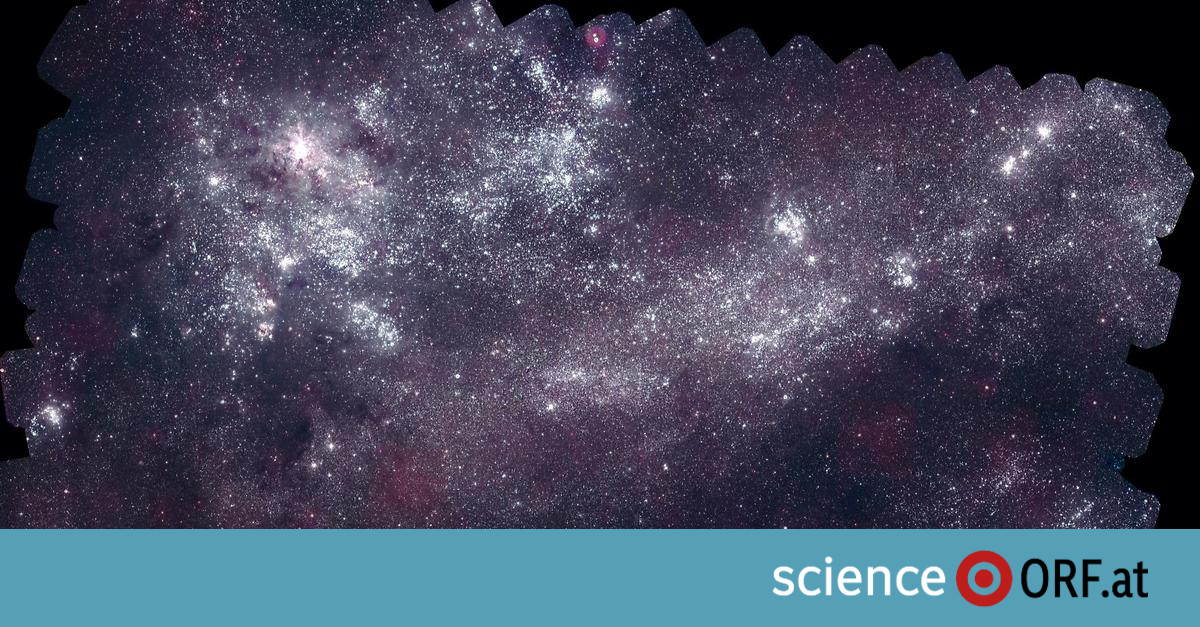“Individual stars usually explode as hydrogen-rich supernovae. The fact that they are hydrogen-poor means that the progenitor star must have lost its thick, hydrogen-rich crust,” Vaughn explained.Ylva Gottberg from the Institute of Science and Technology Austria (ISTA), who previously worked at the Carnegie Observatories in Pasadena (USA) and moved to ISTA in Klosterneuburg (Lower Austria) this year, said in a statement that appeared in the magazine “Science”. Stady.
According to scientific assumptions, about a third of massive stars lose their hydrogen-rich atmosphere through interaction with a binary star: in such a binary star system, two stars orbit each other. As it evolves, a star’s outer layers may exert a stronger gravitational force on the companion star than on itself, causing mass to transfer between stars. At the end of this process, which can last for tens of thousands to hundreds of thousands of years, the star’s extremely hot helium core is exposed.
Prove existence
In their current study, the researchers discovered a new group of stars, according to their own statements, the first whose stars lost their hydrogen shell through this interaction with a second star. According to theoretical models, post-mass transfer hydrogen-poor supernova precursors lie between two and eight solar masses – in a range between two previously known classes of helium stars, the more massive Wolf-Rayet (WR) stars and the more massive helium stars. Low mass dwarf stars.
Only one possible star has been found so far, called a ‘WR quasi’ in the system HD 45166, which, as a hot helium star, fulfilled the expected properties of this ‘intermediate class’. But according to theoretical models, there should be much more. “We either can’t detect stars that evolve this way, or we have to revise all of our models,” says Gottberg. The current study has shown, says my colleague Maria Drot “These stars do exist,” the University of Toronto professor told Science magazine.
Missing residents have been found
Using ultraviolet photometry and optical spectroscopy, Gottberg and Drot’s team discovered and studied a cluster of 25 stars in two neighboring galaxies, the Large and Small Magellanic Clouds, consistent with expectations for helium stars of this mass. Among other things, it was possible to show that the stars have strong spectral signatures of ionized helium – an indication of the presence of a helium-dominated outer layer of stars and a very hot surface.
According to the researchers, the current work has supposedly found “missing clusters of intermediate-mass helium stars,” which could be precursors of hydrogen-poor supernovae (also called “bare-shell supernovae”). “These stars have always been there, and there are probably a lot of them out there,” Gottberg said. The current study may be “one of the first attempts” to find it, but there must be other possibilities.

“Social media evangelist. Baconaholic. Devoted reader. Twitter scholar. Avid coffee trailblazer.”







More Stories
These brands are most vulnerable to phishing scams
Apple Maps Now Has a Web Version and Wants to Challenge Google Maps
Best AirDrop Alternatives for Android